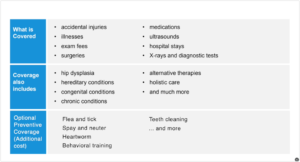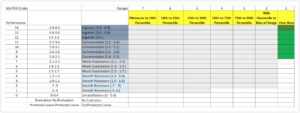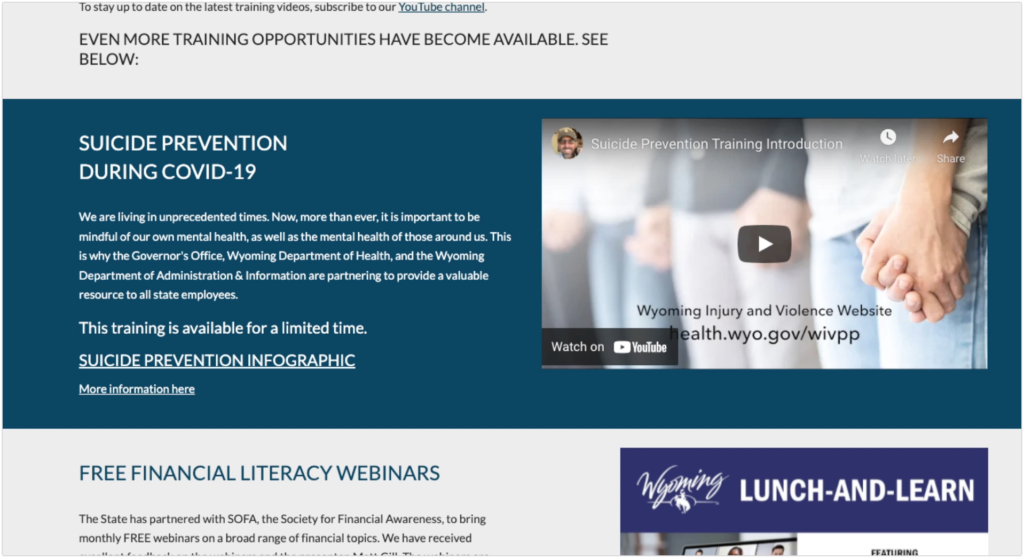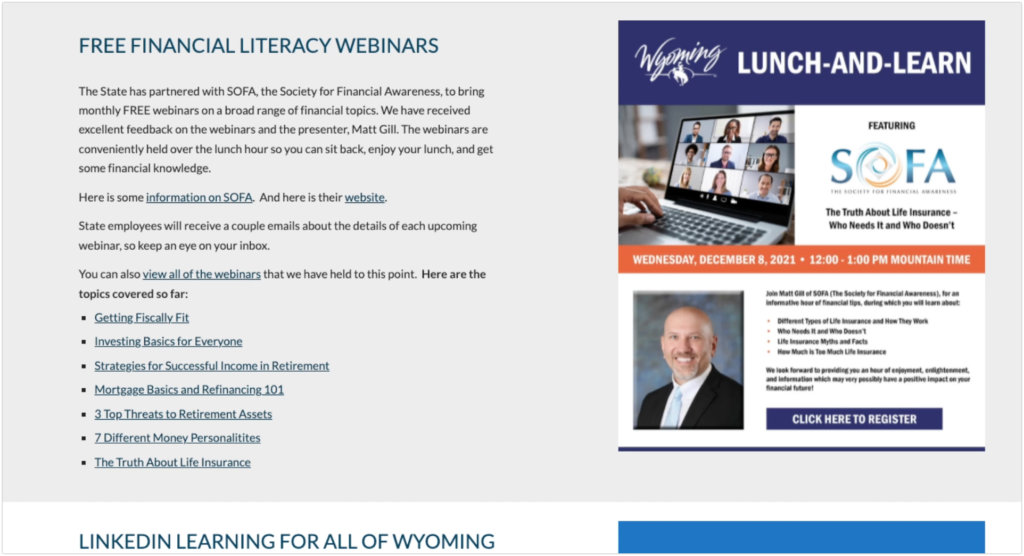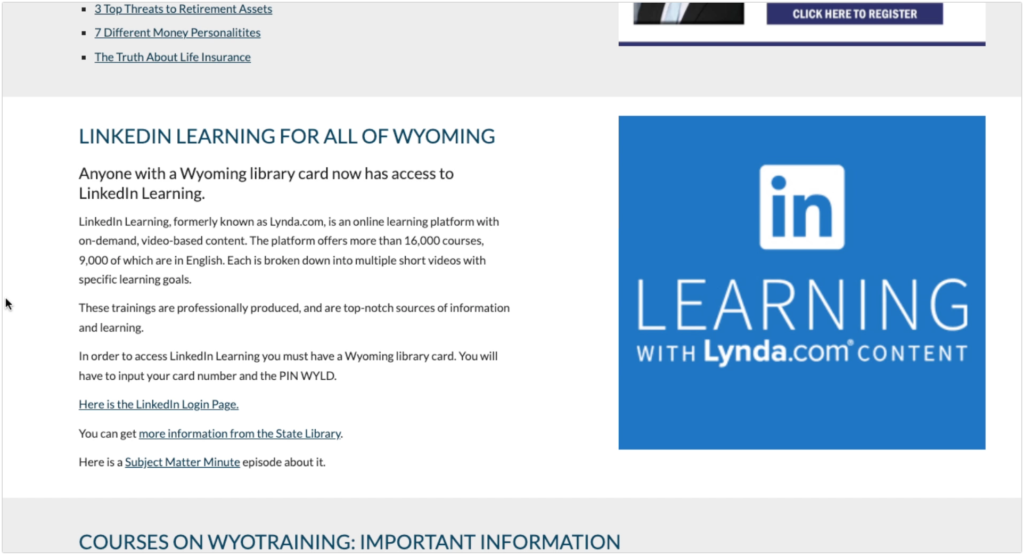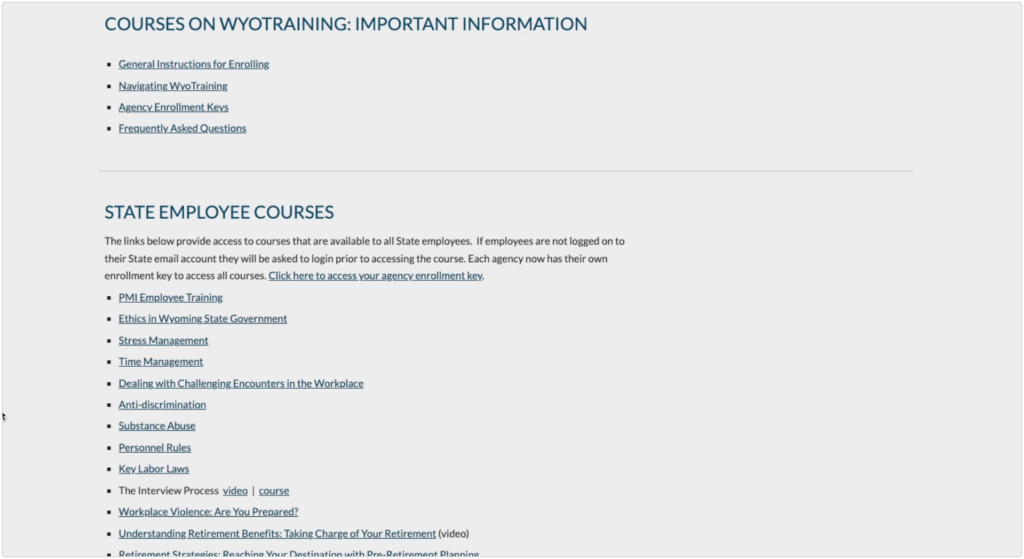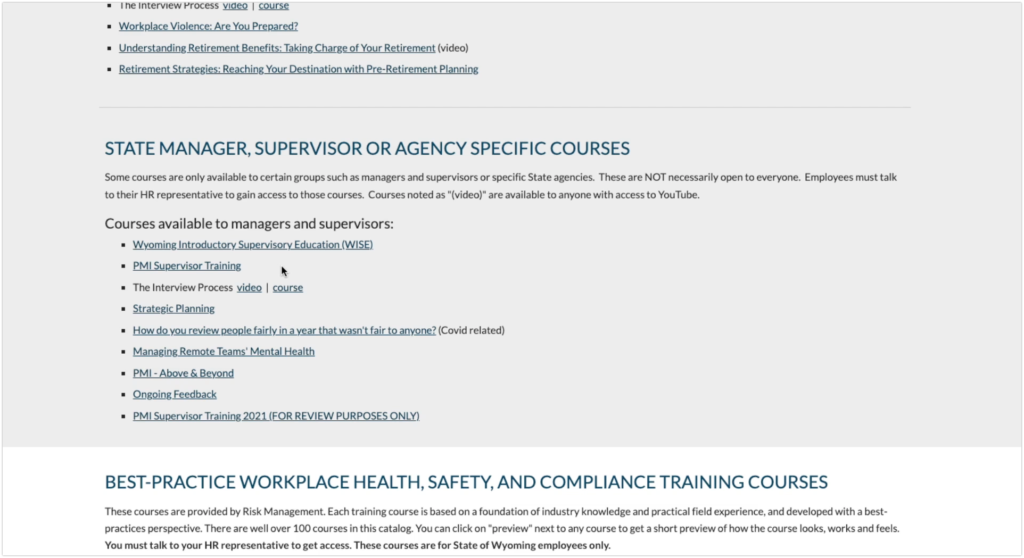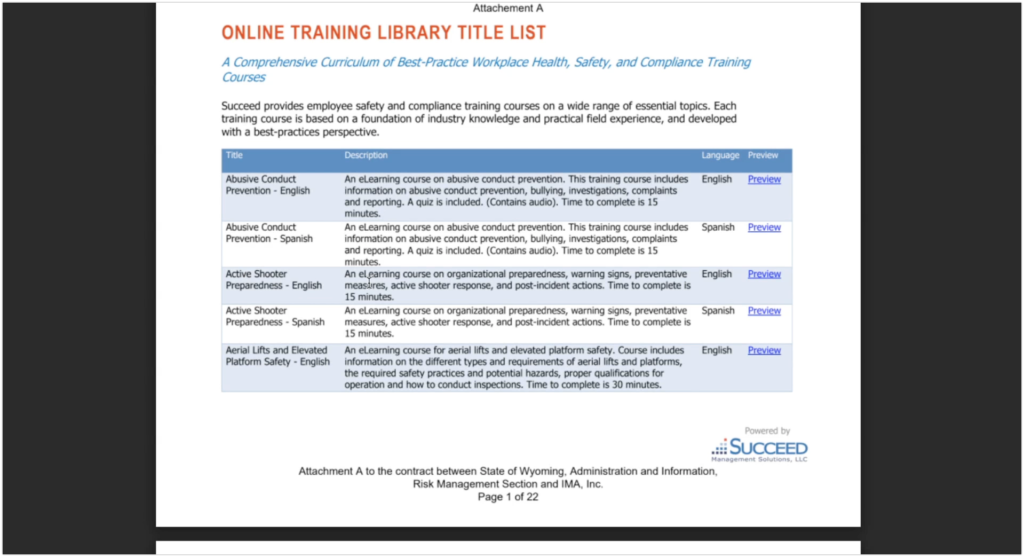The below post is taken from the Video Blog, the Subject Matter Minute. You can view the episode on YouTube if you would like. Find it here: Episode #65 – Ideas Festival
If YouTube is blocked for you or your agency, you can scroll to the bottom of this post to view it from Google Drive. (I would prefer you view it on YouTube, so I know how many people have watched)
You can also listen to an audio version.
Hello, and welcome to another Subject Matter Minute, I’m Matt Nagy, thanks for joining me!
Well, the votes are in, and……. I didn’t listen. I’d say an overwhelming majority of you told me to just shave my head clean. But, apparently, I’m not ready. So…. thanks for your input, and we will see what happens down the road.
You guys mind if I vent for a second? Skip ahead if you don’t have time. I’m guessing a bunch of you went to the University of Wyoming and stayed in several of the finest rentals the town has to offer. I lived in some pretty serious junk back in the day. Well, the slumlord issue certainly hasn’t changed.
My daughters are both renting from the same outfit, but different places. The younger of the two has a place that has a ton of old, original windows. So, in the summer she roasted. I mean roasted. And now in the winter, even with a space heater going all night, she can’t get it past 60 degrees.
My older daughter lives in this tiny house. (not an actual tiny house) You would think it would be nice and cozy…. But it’s not. The heat doesn’t keep the house warm at all. Same deal, can’t even get to 60 degrees. Well… I walked in the door a bit back and found her supplementing her heat with the electric oven. I did the dad thing and told her it was dangerous and would cost her even more, but it reminded me of one of my places in the 90’s.
We had baseboard heat and it was costing around 160 to 170 a month for electricity. Back in the 90’s! Well, we weren’t paying for gas, so we would crank all of the gas burners, put a fan in the doorway and blow the heat into the living room. Talk about dangerous! But, the moral of the story is that nothing has changed. You either gotta have a lot of dough or you have to wear alot of clothes! Thanks for listening….
Alright, on to the goods….
For those of you who were around back in 2020, how many of you remember getting an email about a program designed to get ideas from employees about ways to save the state money, improve processes, etc? I remember it, and I remember being very skeptical. I remember thinking that, you know, it’s always about money. And even though they were offering financial incentives, I figured they would probably be laughably low. The program immediately went off my radar. Well, the state did eventually reward some folks for their ideas. And…… it was more generous than I thought it would be. And… the state is bringing it back, so today I want to talk about the Ideas Festival. (music)
Before I get started, I would like to thank Erin Williams, our HRD Administrator, for getting me all the information. She is today’s subject matter expert. Thanks Erin.
For those of you who have been around forever, you may remember the same program, with a different name back in the late 80’s through the 90’s. In that 11 year span, they gave out just over 10,000 dollars to 31 people. They also gave out 40 days of leave to folks that saved smaller amounts.
Then they revamped the program in 1999. That year alone, they gave out just over $7,000 to 9 people, and 51 days of leave to others.
The program was called STAR back then, for Saving, Tips And Rewards. Like I mentioned earlier, the most recent program is now called the Ideas Festival. The email I remember, back in 2020, garnered 1340 proposals. For this round, they gave out just under $10,000 to 13 people, with one person receiving $3000 by themselves and another getting $1,350.
The cool thing about this program is that it is the state taking advice from those on the ground. Those doing the work. Those getting their hands dirty… either for real or figuratively. All those conversations you have had with your co-workers about, “if only we did it this way,” or “you know… things would run a lot better if…” Those daily conversations could turn into cash in your pocket.
However…. That part is really just about money, right? Pinching pennies, saving the state money, yada, yada, yada. Well, this time they are expanding the program to include awards for people that come up with ideas or projects that simply make the state a better place to work. Kind of a “culture change” award. The awards won’t be based on money saved. And thus, it’s not all about money… it’s about quality of life. This is my favorite program of the 2 for sure. This one makes me feel good. It takes the focus off the money and puts it on happiness.
Don’t get me wrong, I really like them both. Who wouldn’t want some extra cash? And afterall, I am a taxpayer, and would generally like the state to work with less where it makes sense. But… we all have to spend a huge chunk of our lives working, and every attempt to make it less arduous is a plus in my book.
So, the “if you save us money, we’ll give you money” aspect of the challenge rewards people up to either 5% of the total saved, or $5,000, whichever is less. So, $5,000 is the max reward. And they will give out rewards to the chosen projects up to the program budget.
For the culture change part of the program, the rewards will most likely be non-monetary. Admin leave days are on the table for sure, but there may be other rewards. Yet to be determined. There’s no limit on the number of “culture change idea” awards. The state can give out as many as they deem are worthy.
So, if you and your co-workers have had ideas that you thought could never happen, the ideas festival is the time to propose them. Even if it seems like there is a barrier, be it money, time, or bureaucracy, this is the program that could get it pushed through.
Start writing up your plan and keep your eyes open for the announcement. HRD should be sending out the form and instructions very soon.
That’s it for today’s Subject Matter Minute! Hope everyone had a fabulous Christmas and a fun new year. And here’s to an unusually warm winter so my kids can stay comfortable in their own homes.


